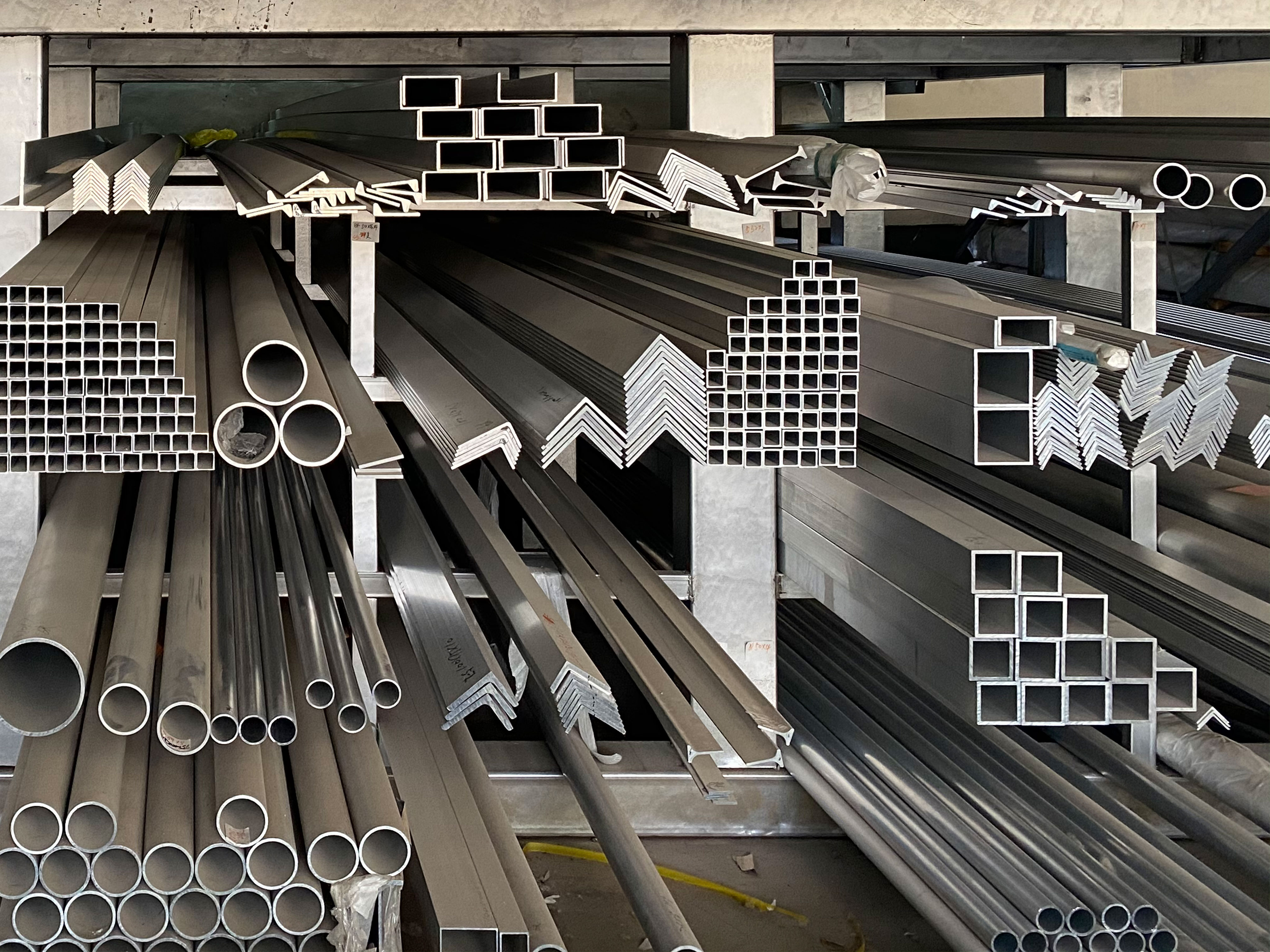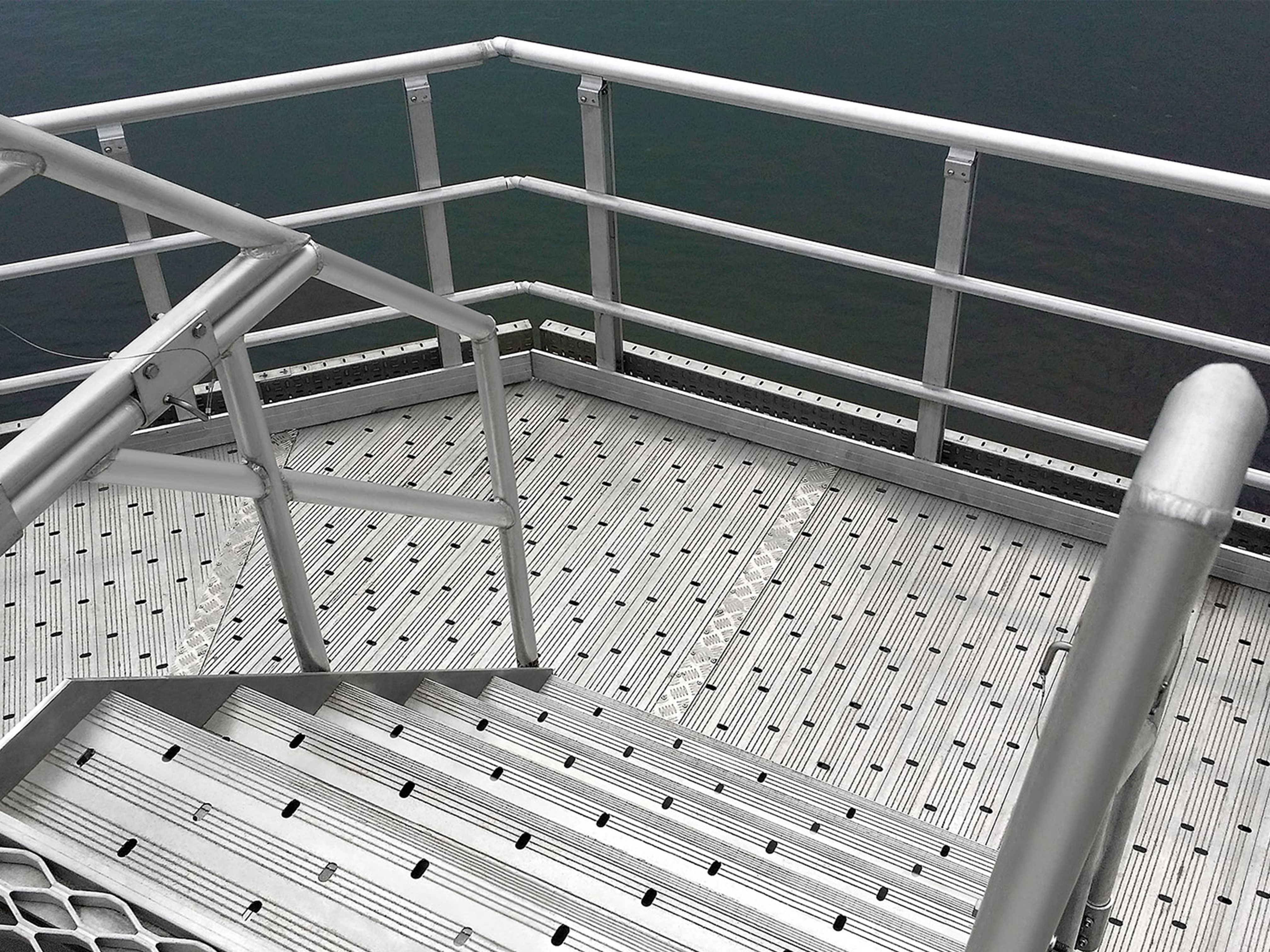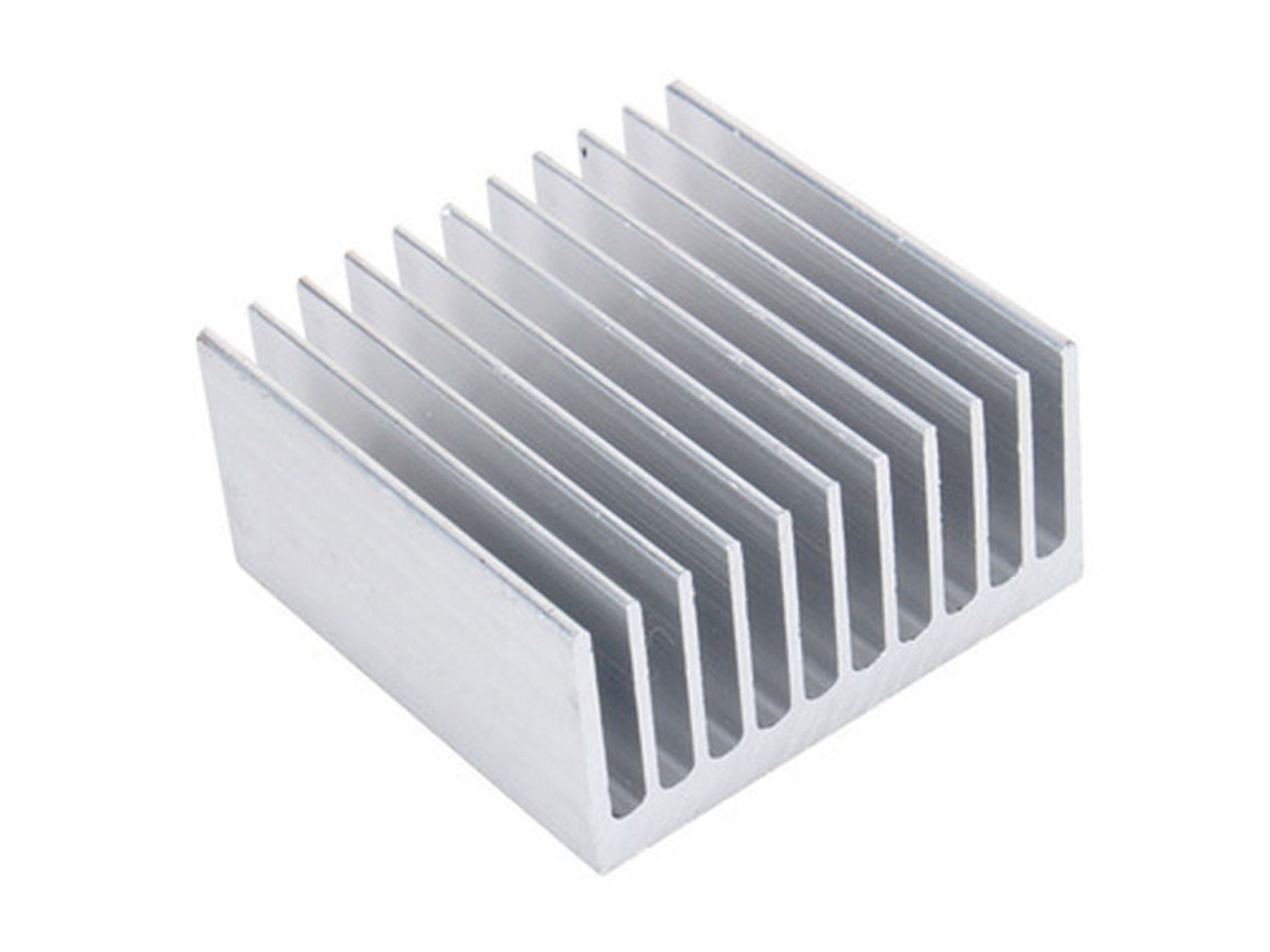6061 Marine Aluminum Customized Shapes for Offshore Engineering Projects
In the fast-evolving world of offshore engineering, the demand for materials that ensure strength, corrosion resistance, and versatility has never been higher. Among various options, 6061 marine aluminum customized shapes have emerged as a cornerstone material choice, playing critical roles in offshore platforms, vessels, and structural components.
Why 6061 Aluminum?
6061 Aluminum alloy stands out due to its remarkable balance of mechanical strength, corrosion resistance, and formability. It is widely recognized and standardized in the offshore sector, ensuring reliability in harsh seawater and marine atmospheric conditions. Its widespread use also stems from its positive response to heat treatment and excellent weldability, making it a top candidate for customizable shapes required in complex offshore structures.
Working with 6061 marine aluminum in customized shapes for offshore engineering presents unique challenges compared to standard mill products. The demanding environment – constant saltwater exposure, extreme temperature fluctuations, and potential impact from debris or wave action – necessitates meticulous attention to detail during fabrication. We've found that incorporating features like enhanced surface treatments beyond basic anodizing, such as specialized coatings resistant to crevice corrosion, significantly extend the lifespan of these components. Furthermore, the complexity of many offshore projects necessitates close collaboration with the engineers from the design phase; their exact stress calculations and operational parameters allows us to optimize the shape and wall thickness of the aluminum components, minimizing weight without compromising structural integrity. This proactive approach avoids costly rework and ensures the final product meets the rigorous demands of the marine environment.
One specific case involved fabricating custom-shaped brackets for a subsea oil rig platform. The initial design, while functional, proved too heavy and expensive to manufacture. By collaborating closely with the engineering team, we proposed modifying the design using finite element analysis (FEA) to optimize the bracket's shape, reducing material usage by 15% without sacrificing strength. This involved strategically thinning sections under lower stress and reinforcing areas experiencing higher loads. The result was a lighter, cheaper, and ultimately more durable bracket, perfectly suited for the harsh offshore environment. This exemplifies the crucial interplay between design engineering and the specialized fabrication techniques required for successful 6061 marine aluminum projects.
The Functions of 6061 Marine Aluminum in Offshore Engineering
Structural Integrity and Lightweight Strength
In offshore engineering, maintaining structural integrity while controlling weight is crucial. 6061 aluminum alloy delivers high tensile and yield strength alongside an advantageous strength-to-weight ratio. This translates to structural components — such as frames, brackets, and supports — that can withstand tremendous mechanical loads without significantly adding weight.
Corrosion and Sea Water Resistance
Offshore environments expose materials to aggressive chlorine-rich saltwater and fluctuating humidity. 6061 marine aluminum naturally develops a thin, protective oxide layer which prevents severe corrosion. When combined with surface treatments like anodizing, the corrosion resistance becomes even more robust, thus extending the lifespan of offshore structures.
Formability and Customized Shapes
Customized shapes — ranging from extruded profiles and rods to plates and intricate sections — are vital in designing modular offshore components. 6061 can be precisely machined, formed, or extruded into these various geometries without compromising its strength or corrosion resistance, thereby supporting optimized design engineering and ease of installation.
Weldability
Sections often need joining on site or in shipyards. 6061 alloy can be welded utilizing established techniques (TIG and MIG welding). Post-weld treatments can be applied to regain mechanical strength in heat affinity zones making 6061 adept for offshore applications involving field assembly or repair.
Technical Details & Parameters
Chemical Composition of 6061 Alloy (Typical % by weight)
| Element | Composition (%) |
|---|---|
| Aluminum | Bal. |
| Magnesium (Mg) | 0.8 – 1.2 |
| Silicon (Si) | 0.4 – 0.8 |
| Copper (Cu) | 0.15 – 0.4 |
| Chromium (Cr) | 0.04 – 0.35 |
| Iron (Fe) | ≤ 0.7 |
| Manganese (Mn) | ≤ 0.15 |
| Zinc (Zn) | ≤ 0.25 |
| Titanium (Ti) | ≤ 0.15 |
This composition establishes the appropriate governance allowing good corrosion resistance, with contributions of Mg and Si forming Mg2Si precipitates—for strengthening mechanisms.
Alloy Tempering Conditions
6061 aluminum tends to be supplied in four main temper conditions:
- 6061-O: Annealed condition — soft and highly formable.
- 6061-T4: Solution heat treated and naturally aged — moderate strength.
- 6061-T6: Solution heat-treated and artificially aged — optimal mechanical strength and hardness for structural offshore applications.
- 6061-T651: Similar to T6 but with additional stress relieving to reduce residual stresses after extrusion/machining.
The T6 and T651 tempers are predominantly selected for offshore uses due to their superior scalability regarding durability and load-bearing capacity.
Mechanical Properties for 6061-T6 Marine Aluminum
| Property | Value |
|---|---|
| Tensile Strength | ~290 MPa (42 ksi) |
| Yield Strength | ~240 MPa (35 ksi) |
| Elongation at Break | 8-12% |
| Modulus of Elasticity | ~69 GPa (10,000 ksi) |
| Density | 2.70 g/cm³ |
This combination ensures the alloy withstands cyclical loads, impacts, and environmentally driven deafness, especially critical in offshore asset reliability.
Implementation Standards
The use of 6061 marine aluminum customized shapes follows rigorous offshore engineering material standards like:
- ASTM B209: Sheet and plate specification.
- ASTM B221: Extruded products for frames and profiles.
- AWS A5.10 / AWS D1.2: Welding codes applicable in aluminum marine grade fabrication.
- ISO 6361: Another common sheet aluminium specification across ISO markets.
Strict adherence ensures certified batch traceability, dimensional accuracy, and mechanical consistency tailored for concessive marine regulations.
Typical Applications in Offshore Engineering
- Offshore Platform Structural Frames: Lightweight frameworks relying on strength, where corrosion exposure is high.
- Marine Vessels & Component Casings: Hull attachments, piping brackets, integrally formed sections.
- Support Structures for Floating Equipment: Custom extrusions minimising metal usage while handling tension/compression.
- Pipework & Connectors: Customized shapes allow optimized airflow/water flow assurance preventing sea growth entrapment.
Final Thoughts
6061 marine aluminum customized shapes provide an unrivaled combination of mechanical suitability, corrosion resistance, and fabricability essential in demanding offshore environments. Its ability to be tailored into complex geometries, withstand seawater exposure, and meet vital international standards renders it flawless for pipe, platform, and naval frameworks requiring superior longevity and performance without unnecessary weight.
For any offshore engineering project aiming at extending asset durability with optimized maintenance costs, embracing 6061 marine aluminum in customized shapes is an engineered assurance blending metallurgy innovation with pragmatic marine design solutions.
Related Products
Marine aluminum fencing and railings
Marine Grade Aluminum Fencing and Railings are fabricated using marine-grade aluminum alloys such as 5083, 5052, and 6061, which are engineered specifically for protection against saltwater corrosion and marine atmospheric conditions.
View DetailsMarine aluminum customized shapes
Marine Grade Aluminum Customized Shapes encompass a broad range of aluminum extrusions and fabrications engineered beyond standard profiles—such as channels, angles, tubes, and beams—into complex, project-specific geometries.
View DetailsMarine aluminum heat sink profile
Marine Grade Aluminum Heat Sink Profiles utilize alloys such as 6061 and 6063 that not only exhibit high thermal conductivity but also possess excellent corrosion resistance required for saltwater exposure.
View DetailsRelated Blog
6061 Marine Aluminum Customized Shapes for High Performance Offshore Vessel Design
Explore the advantages of 6061 Marine Aluminum customized shapes engineered for high performance offshore vessel design. detailed specifications, temper conditions, mechanical properties, and corrosion resistance features tailored for marine environments.
View Details6061 Marine Aluminum Customized Shapes for Saltwater Resistant Marine Equipment Design
In the maritime industry, the durability and performance of vessels and related equipment are non-negotiable. Among the numerous materials utilized, 6061 marine aluminum has continually proven to be a premier choice.
View Details6061 Marine Aluminum Fencing and Railings for Custom Offshore Deck and Railings
6061 Marine Aluminum fencing and railings provide a lightweight, corrosion-resistant, high-strength solution for custom offshore decks and railings.
View DetailsMarine Aluminum Fencing and Railings for Durable Boat Deck Guardrails
OverviewMarine aluminum fencing and railings are purpose-designed alloy systems used for guardrails, handrails, stanchions, and safety barriers on boats, docks, marinas, and waterfront properties.
View Details6061 Marine Aluminum Customized Shapes for Lightweight Offshore Platform Design
Explore how 6061 marine aluminum customized shapes offer superior strength, corrosion resistance, and lightweight characteristics essential for innovative offshore platform design, enabling robust and efficient marine structures.
View Details6061 Marine Aluminum Heat Sink Profile for Cooling Solutions for Offshore Electronics
6061 Marine Aluminum Heat Sink Profile: Optimal Cooling Solutions for Offshore ElectronicsIn the demanding environment of offshore electronics, reliable thermal management is critical.
View Details











Leave a Message